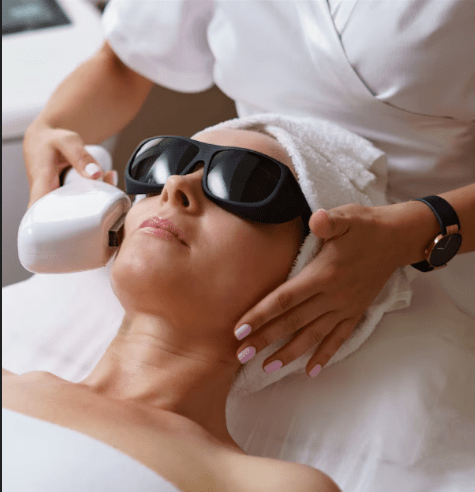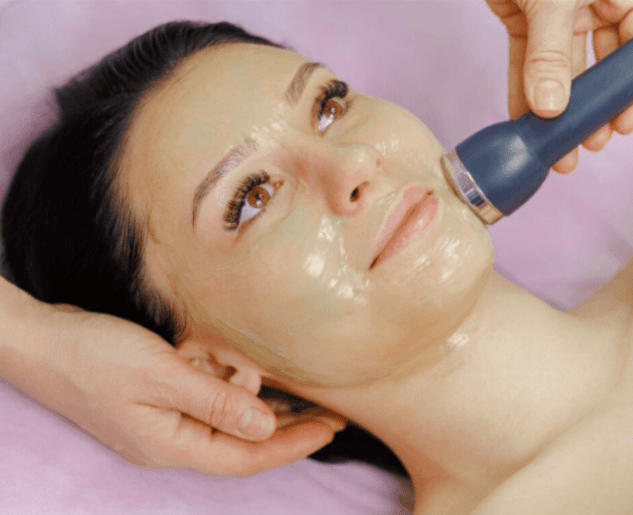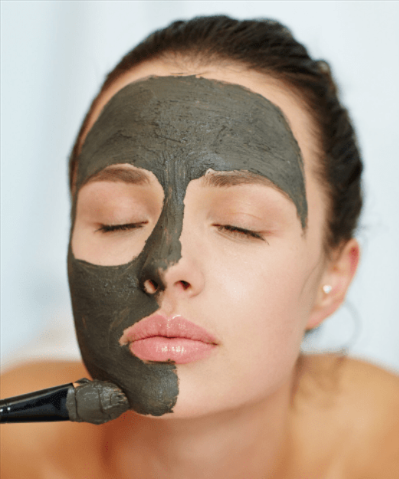For those seeking natural-looking, long-lasting facial rejuvenation, the Deep Plane Facelift is often considered the gold standard. But with any advanced cosmetic surgery, patients rightfully ask:
Is it worth it?
In this post, we’ll break down the longevity of results, the cost (especially in Korea), and the recovery timeline, helping you make a well-informed decision about this powerful anti-aging treatment.
🔍 What Is a Deep Plane Facelift?
Unlike traditional facelifts that lift only the skin or superficial muscle layer (SMAS), the Deep Plane Facelift lifts and repositions the deeper muscle and fat layers together. This means:
- Less tension on the skin (fewer signs of pulling)
- More natural, youthful contours
- A lifted midface and jowls, with improvement around the nasolabial folds, cheeks, jawline, and neck
⏳ Longevity: How Long Do Results Really Last?
One of the biggest benefits of a deep plane facelift is its durability.
| Facelift Type | Average Longevity |
|---|---|
| Mini Facelift | 2–4 years |
| SMAS Facelift | 5–8 years |
| Deep Plane Facelift | 10–15+ years |
Why It Lasts Longer:
- The deeper structures (ligaments, fat pads) are repositioned, not just pulled
- The lift follows the natural anatomical planes, so it ages more gracefully
- Skin tension is minimal, so there’s less chance of “tight face” or early sagging
Long-Term Maintenance:
- Patients can maintain results with skin tightening treatments, fillers, or fat grafting after 5–7 years
- Many patients don’t need a second surgery for over a decade
💰 Cost: What You Can Expect to Pay (Especially in Korea)
The cost of a Deep Plane Facelift varies depending on:
- Country
- Surgeon’s expertise
- Whether additional procedures (like neck lift or fat grafting) are included
💴 Average Costs by Country:
| Country | Price Range (USD) |
|---|---|
| United States | $20,000 – $35,000 |
| UK | £15,000 – £25,000 |
| Thailand | $10,000 – $15,000 |
| South Korea | $8,000 – $14,000 |
| South Korea | $8,000 – $14,000 |
Korea stands out not just for affordability, but for its:
- High surgical volume (facial specialists do hundreds annually)
- Advanced techniques and minimal scarring methods
- Medical tourism infrastructure (English-speaking support, recovery hotels, etc.)
🕒 Recovery Timeline: What to Expect After Surgery
Despite being more invasive than mini-lifts, recovery from a deep plane facelift is well-tolerated when performed by experienced surgeons.
📅 Week-by-Week Recovery Breakdown
| Timeline | What Happens |
|---|---|
| Day 1–3 | Swelling, mild bruising, pressure bandage; pain controlled with meds |
| Day 4–7 | Swelling peaks; bruising fades; many patients return to light activity |
| Day 7–10 | Stitches removed; significant improvement in swelling; may wear makeup |
| 2–3 Weeks | Most bruising gone; subtle swelling may remain |
| 4–6 Weeks | Resume full exercise; people typically won’t notice you had surgery |
| 3–6 Months | Final results appear as swelling fully resolves and scars fade |
💡 Pro Tips for Smooth Recovery:
- Use cold compresses and anti-swelling treatments (e.g. Arnica, bromelain)
- Consider hyperbaric oxygen or LED light therapy offered at Korean clinics
- Sleep with your head elevated for at least 2 weeks
- Avoid smoking and alcohol, which slow healing
🇰🇷 Why Korea Is a Top Destination for Deep Plane Facelifts
Thousands of international patients fly to Seoul’s top plastic surgery clinics for their facial rejuvenation needs—and for good reason:
✅ Why Korea Stands Out:
- Highly trained surgeons with a focus on facial anatomy
- Clinics offer customized procedures combining deep plane facelift, neck lift, fat grafting, and skin tightening
- Bilingual patient coordinators make the journey smooth from consultation to aftercare
- State-of-the-art recovery centers with laser, oxygen therapy, and scar management
💬 Is It Worth It? Final Thoughts
If you’re looking for:
- A dramatic yet natural rejuvenation
- A procedure that lasts 10+ years
- Improvement of the midface, jawline, and neck in one surgery
Then the Deep Plane Facelift is absolutely worth considering—especially when performed by an expert in Korea.
Compared to other facelift types, it offers better lifting power, longer results, and fewer signs of surgery. Combine that with Korea’s pricing, surgical skill, and luxury aftercare—and you’ll understand why more patients are skipping local clinics and heading to Seoul.




